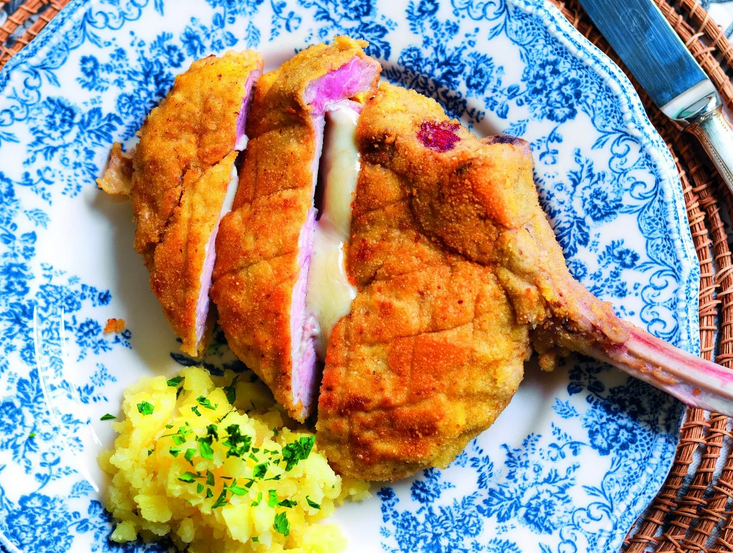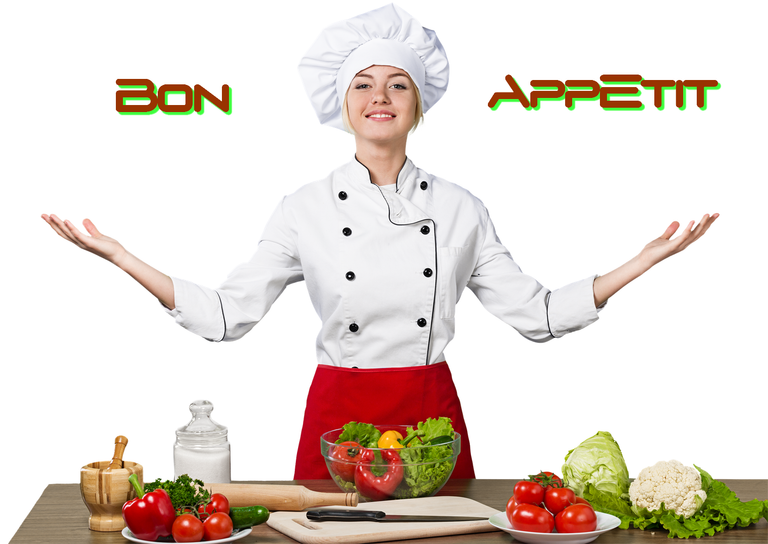
La cocina del Valle de Aosta es una cocina típica de montaña, sabrosa y sustanciosa. Gracias a su clima frío, además de patatas, nabos, puerros y cebollas, está muy extendido el cultivo de coles y coles, utilizadas para deliciosas sopas y guisos. Probablemente el uso del arroz, alimento que se conserva bien en el tiempo, derive de las costumbres de los piamonteses, habitantes originarios del Valle de Aosta. La ausencia de trigo justifica, en cambio, la producción de pan de centeno y el uso generalizado de harina de maíz que, como el arroz, se prefiere a otros tipos de harina debido a su larga vida útil.

The cuisine of the Valle de Aosta is a typical mountain cuisine, savory and tasty. Thanks to its cold climate, including potatoes, nabos, puerros and cebollas, the cultivation of coles and coles, used for delicious soups and guinea pigs, has been greatly extended. Probably the use of arroz, a food that is preserved well over time, derives from the customs of the Piamontes, native inhabitants of the Valle de Aosta. The absence of trigo justifies, in turn, the production of centenary bread and the general use of corn harina which, like the arroz, is preferred to other types of harina due to its long useful life.
Receta para personas n. 4 / Recipe for people no. 4

- 400 gr. de lonchas de solomillo de ternera
- 50 gramos. de harina blanca
- 2 huevos
- 50 gramos. de mantequilla
- aceite
- 200 gramos. de jamon cocido
- rodajas de fontina (200-250 gr.)
- migas de pan
- aceite
- sal

- 400 gr. sliced beef tenderloin
- 50 grams. of white flour
- 2 eggs
- 50 grams. of butter
- oil
- 200 grams. cooked ham
- fontina slices (200-250 gr.)
- breadcrumbs
- oil
- salt

30'
- Coge unas lonchas de solomillo.
- Pasarlos por harina blanca, luego por huevos batidos y pan rallado.
- Freírlos con aceite y mantequilla, añadir sal.
- Colocarlas en una sartén untada con mantequilla, cubrir con lonchas de jamón y finalmente con abundante fontina (2-3 lonchas).
- Desmenuzar con mantequilla y colocar en el horno caliente durante 5 minutos.
- Servir caliente con patatas u otras legumbres cocidas.
- Cuando la carne esté tierna también puedes dejar el filete sin empanizar, pero mete la fontina dentro y cierra con 2 palillos.

- Take some slices of sirloin.
- Pass them through white flour, then through beaten eggs and breadcrumbs.
- Fry them with oil and butter, add salt.
- Place them in a pan greased with butter, cover with slices of ham and finally with plenty of fontina (2-3 slices).
- Crumble with butter and place in the hot oven for 5 minutes.
- Serve hot with potatoes or other cooked legumes.
- When the meat is tender you can also leave the fillet unbreaded, but put the fontina inside and close with 2 toothpicks.
Fuentes de la/s imàgen/es / Sources image/s:
Imagen inicial / Initial image: La Cucina Italiana.
Y como siempre me despido de todos con un:
And as always I bid you all farewell with a:
